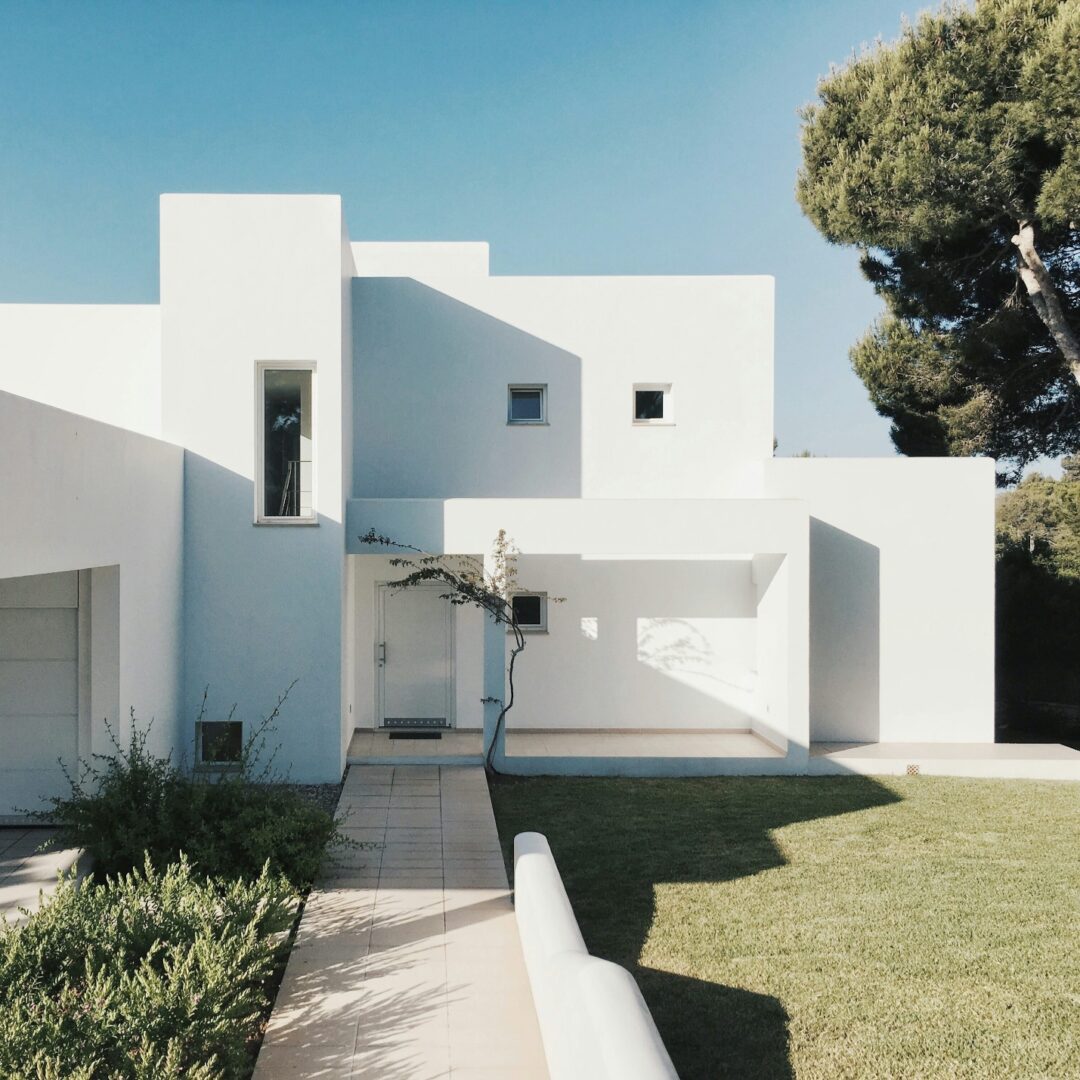Mixed-use development, an integration of retail, residential, and office spaces, has become a popular investment model in both urban and suburban real estate markets. These properties attract diverse tenants and yield multiple revenue streams, but their complexity also makes them harder to finance through traditional channels. That’s where a commercial property loan for mixed-use development comes into play.
In this blog, we’ll explore how you can leverage commercial property loans for these projects, dive into the specifics of loan requirements, and guide you through choosing the right lender and financing strategy.
What Are Mixed-Use Developments?
A mixed-use development is a property that combines two or more uses, typically residential, commercial (retail), and office space, into a single integrated project. For example, a four-story building may include retail shops on the ground floor, office spaces on the second and third floors, and apartments above.
These projects offer multiple streams of income, make efficient use of land, and often qualify for municipal support due to their contribution to community growth. However, their varied usage makes securing funding more nuanced than single-purpose properties.
Why Use Commercial Property Loans for Mixed-Use Projects?
Mixed-use developments are categorized under commercial real estate, meaning they often require larger loans and meet more stringent commercial property loan requirements than residential-only projects.
Here’s how a commercial property loan for mixed-use development helps:
- Consolidated Financing: One loan covers the entire property, residential, retail, and office units.
- Higher Loan Amounts: Because of the revenue potential, lenders may approve higher funding.
- Asset-Based Lending: Lenders assess projected cash flow from all components of the property.
- Longer Terms: You can often negotiate flexible commercial property loan termstailored to your development timeline.
Step-by-Step Guide to Financing Mixed-Use Developments

1. Evaluate the Project Scope and Revenue Potential
Before applying, conduct a comprehensive feasibility analysis. This includes location studies, tenant mix, projected income, and costs. A strong business case will improve your commercial loan eligibility.
2. Understand Lender Expectations
Lenders look for:
- 20%–30% down payment
- Strong credit score and financial history
- Clear architectural and business plans
- Detailed breakdown of expected income from each section
This is where commercial loan brokers can help you navigate lender expectations and successfully secure the best commercial property loans.
3. Choose the Right Lending Partner
Not all lenders are created equal. When choosing between banks, credit unions, or private lenders like Insula Capital Group, consider:
- Speed of approval
- Flexibility in underwriting
- Experience with commercial real estate loans
- Willingness to finance mixed-use projects
- Nationwide coverage or state-specific expertise
Private lenders may also offer more relaxed commercial loan eligibility and expedited approvals.
4. Gather Documentation and Apply

Typical documents include:
- Purchase contract or development agreement
- Detailed plans for each space (retail, residential, office)
- Construction timeline
- Lease agreements or Letters of Intent (LOIs)
- Pro forma financials
Submit these to the lender along with your application. If you’re working with commercial mortgage brokers in California or elsewhere, they’ll guide you through the process.
6. Close and Begin Development
Once your commercial real estate loan options are approved, the closing process begins. Disbursements may be made in phases based on construction milestones or occupancy levels. Monitor your commercial property financing closely to ensure the project remains on budget and timeline.
Common Types of Loans for Mixed-Use Projects
- Permanent Loans: Long-term financing once the project is stabilized
- Construction Loans: Short-term funding for ground-up construction
- Bridge Loans: Temporary financing while transitioning between stages
- Hard Money Loans: Fast, asset-backed loans with fewer credit requirements
Benefits of Using Commercial Loans for Mixed-Use Properties
- Diversified Income Streams
- Lower Vacancy Risk
- Urban Development Incentives
- Favorable Appraisals (due to combined land use)
- Tax Benefits (depreciation, interest deductions)
Tips for Getting the Best Commercial Loan Terms
- Work with experienced commercial mortgage brokersin your target state who understand local market dynamics and lender preferences
• Maintain detailed financial projections, leasing plans, and tenant profiles to strengthen your loan application
• Stay updated on current commercial real estate loanrates and industry trends that may impact your borrowing power
• Consider locking in rates if you foresee interest rate hikes or anticipate long approval timelines
• Evaluate commercial real estate loan lenders who specialize in mixed-use developments and offer flexible underwriting criteria tailored to complex property types

Mixed-use development projects can be complex, but with the right financial foundation, they become lucrative, sustainable investments. Securing a commercial property loan for mixed-use development helps you consolidate funding, streamline construction, and generate long-term ROI from multiple income sources. Whether you’re developing in Florida, California, Texas, or New York, understanding your commercial property finance options is critical to success.
Ready to Get Started? Reach out to Insula Capital Group
Whether you need a commercial property loan in New York for an urban redevelopment project or are exploring commercial real estate loans in Texas to fund a growing mixed-use community, Insula Capital Group is here to support your vision. With fast approvals, flexible terms, and nationwide reach, our expert team helps you secure the funding you need
Contact us or visit our website to explore your options.




